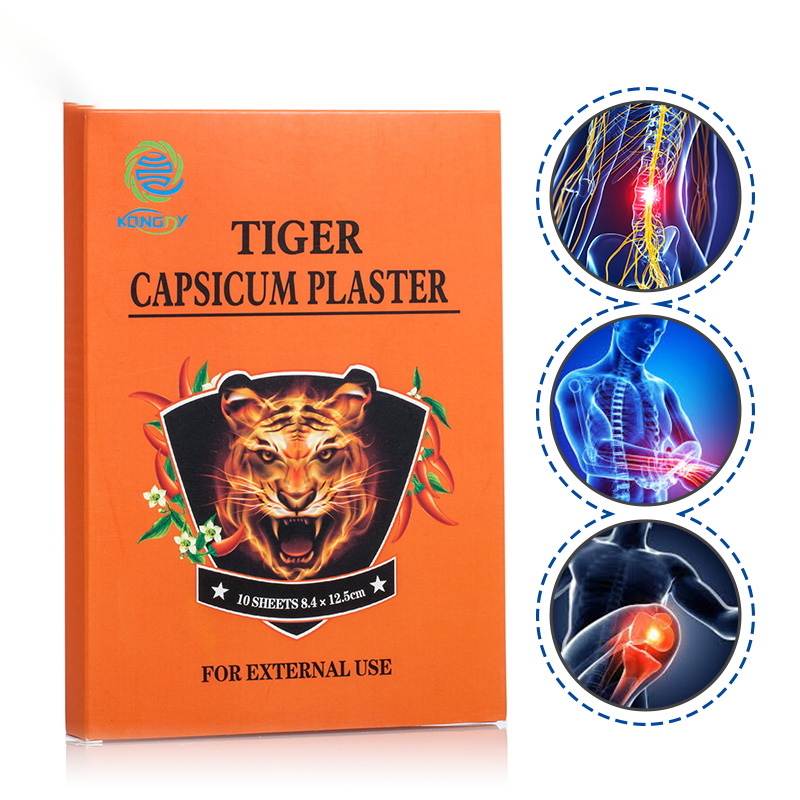Author:Kangdi 19-02-2024
In the modern world, pain is a common occurrence, affecting millions of individuals daily. Chronic pain, in particular, can significantly impact a person's quality of life, limiting their ability to function and enjoy daily activities. As a result, the quest for effective pain relief methods is constant. One such method that has gained popularity in recent years is the capsicum plaster. This article aims to explore the difference between capsicum plaster and other common pain relief methods, highlighting its unique benefits and advantages.
01. Capsicum Plaster: A Unique Approach to Pain Relief
Capsicum plaster, also known as a chili patch or capsaicin patch, is a topical analgesic that uses capsaicin, the active ingredient in chili peppers, to provide pain relief. When applied to the skin, capsaicin stimulates heat receptors, leading to the production of natural pain-relieving substances. Over time, it also helps deplete nerve endings of substance P, a neurotransmitter involved in pain transmission. This dual mechanism of action makes capsicum plaster an effective treatment for various pain conditions.
02. Comparison with Other Pain Relief Methods
When compared to other pain relief methods, capsicum plaster offers several advantages. Firstly, it is a non-invasive treatment, meaning it doesn't require surgery or injections. This reduces the risk of associated complications and side effects. Secondly, capsicum plaster provides targeted pain relief, directly addressing the painful area. This ensures that the medication is delivered precisely where it's needed, maximizing its effectiveness.
Moreover, capsicum plaster has a gradual onset of action, providing sustained pain relief over a period of time. This sustained effect is beneficial for chronic pain conditions that require continuous treatment. In contrast, some other pain relief methods, such as oral analgesics, may provide only temporary relief and require frequent dosing.
Additionally, capsicum plaster has minimal side effects compared to some other pain relief methods. While it may cause mild skin irritation or redness in some individuals, these symptoms usually subside with continued use. In contrast, some oral analgesics may cause gastrointestinal issues, liver damage, or other serious side effects.
03. The Science Behind Capsicum Plaster's Effectiveness
The effectiveness of capsicum plaster is supported by scientific research. Studies have shown that capsaicin, the active ingredient in capsicum plaster, can effectively reduce pain and improve function in individuals with chronic pain conditions such as osteoarthritis and neuropathic pain. The mechanism behind this effect is thought to be related to capsaicin's ability to deplete nerve endings of substance P, reducing pain transmission and inflammation.
04. The Role of Capsicum Plaster in Modern Pain Management
In conclusion, capsicum plaster offers a unique and effective approach to pain relief. Its non-invasive, targeted, and sustained effect, along with minimal side effects, make it a valuable addition to modern pain management strategies. While it may not be suitable for everyone, capsicum plaster is worth considering for those seeking an alternative to traditional pain relief methods. With its unique mechanism of action and growing scientific support, capsicum plaster could play a significant role in the future of pain management.
 0086 19937104978
0086 19937104978





